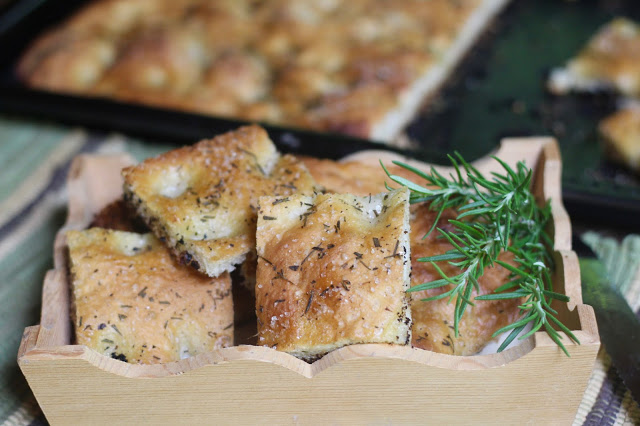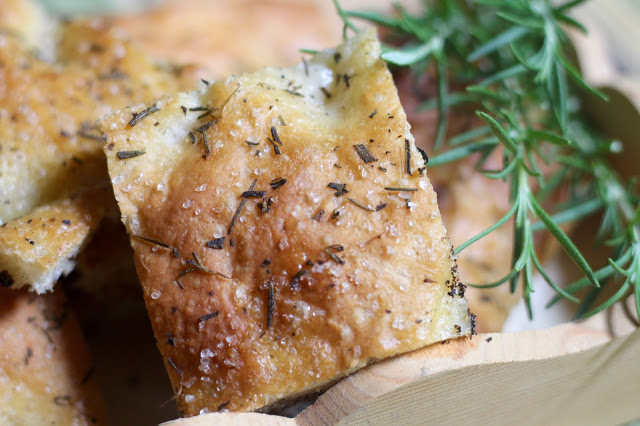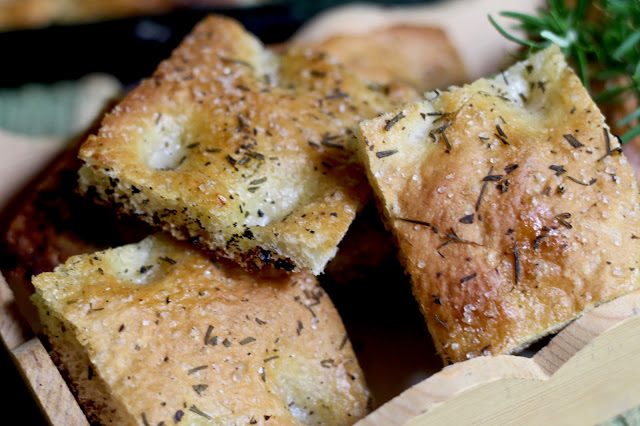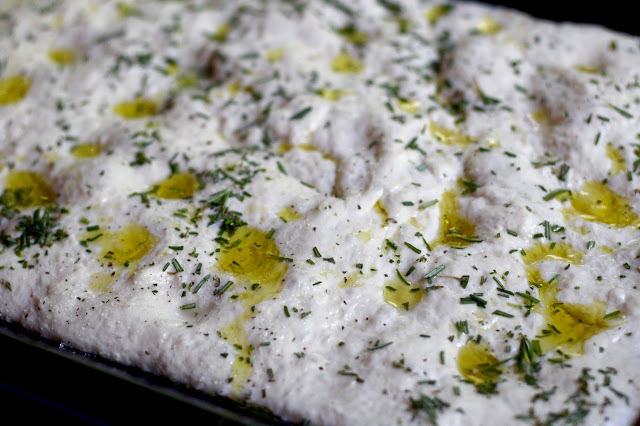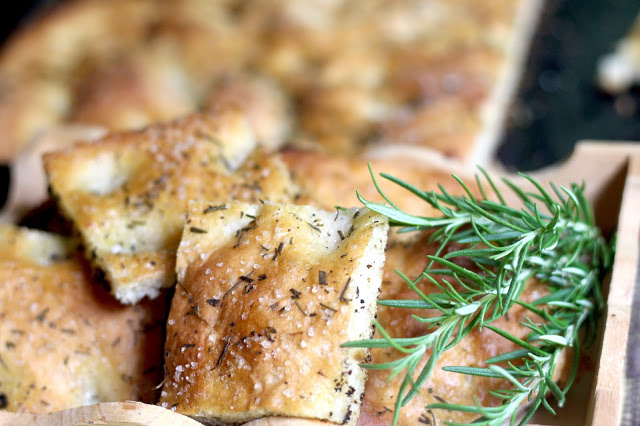I was excited when I saw this month’s recipe from King Arthur flour’s Bakealong challenge. I have never made focaccia bread. It has been on my list to try for a long time. Focaccia is on my top 10 list of favorite breads.
I was also excited to see I already had all the ingredients on hand in my pantry so I made this bread the day after it was posted. Couldn’t. Wait. This recipe is for a traditional version topped with olive oil, large grain salt and rosemary.
I followed the recipe exactly, except I substituted fresh rosemary from my garden for the dried called for in the recipe.
I also briefly considered using my own homemade ramp salt for thee topping the bread. However, I remembered this gorgeous, Italian large flake salt flavored with lemon and mint in my pantry. Definitely more appropriate.
King Arthur also warns against loading the toppings up like a pizza. The simpler the better. Next time I plan on swapping out the rosemary for some sexy cured olives.
Finally, a focaccia recipe I could instantly trust. I was, however, curious about the origins of this Italian specialty. An internet search turned up a few fun focaccia facts:
#1
the word comes from the Latin word, focus meaning: hearth, place for baking.
#2
Different versions of focaccia are found throughout Italy. In the northwest part of Italy, there is a popular sweet variety containing sugar or honey and raisins.
#3
Historically focaccia was unleavened, the recipe rises naturally in the right climate.
#4
At the Roman ceremony of Saturnalia, a pig was sacrificed to please the Roman gods. In the later years of the Roman Empire a Lord of Misrule was chosen instead who would be feted upon while all the time wearing the costume of a pig. The Lord of Misrule was always a young man who was expected to act the part of a clown. A focaccia bread would be baked that included a fava bean, and the lucky man to find the bean in his piece of bread became lord for the duration of the ceremony.
There are no magic beans baked into this recipe and you will have to be patient in making this focaccia. The recipe requires three separate rise times. Also, the dough starter needs to be made the day before. So it takes some planning to create your own crunchy, salty, rosemary tinged version of this beloved and traditional Italian bread.
Time investment aside, King Arthur Flour’s excellent step by step instructions make this an easy process.
The instructions give you the option of making rounds or a large square version. Rounds with the above mentioned olive topping will be my next focaccia adventure.

